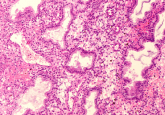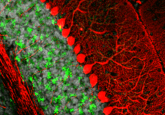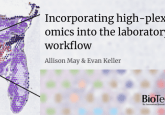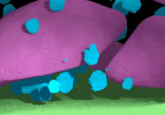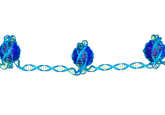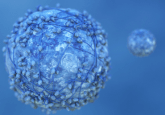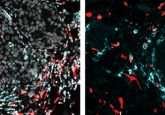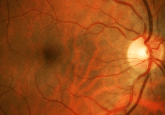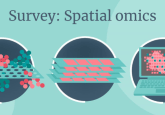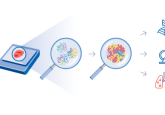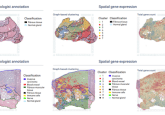Spatial omics in translational research
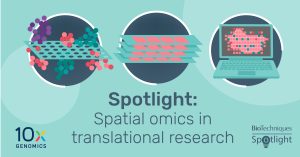
Spatial techniques are used to visualize how different types of cells interact and their relative locations within a tissue. This allows researchers to investigate a range of tissue characteristics, such as how a tissue reacts to a drug, how peripheral cells affect a target cell type and how the composition of a tissue affects disease progression and treatment.
Spatial omics, including techniques such as spatial transcriptomics and spatial proteomics, are becoming increasingly popular due to their ability to provide more comprehensive profiles of tissue samples. Spatial techniques are especially valuable in translational research to develop disease therapeutics.
This Spotlight will explore:
- The various spatial technologies available
- How spatial techniques are used in translational research
- How spatial omics are transforming cancer research
